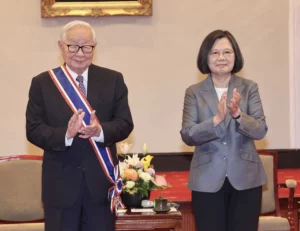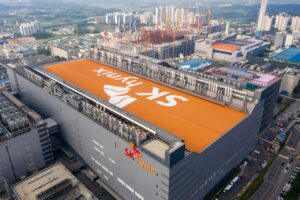Introduction:
In the ever-evolving semiconductor industry, companies must adapt and innovate to stay competitive. One such company attempting to navigate this challenging landscape is Intel. Once a dominant force in chip manufacturing, Intel has faced significant hurdles in its quest to establish a foothold in the semiconductor foundry business. In this blog post, we will delve into the insights shared by Dr. Yang Guang-Lei, a former Senior Technical Advisor at Intel and former Senior Director at TSMC, during his speech at SEMICON Taiwan. Dr. Yang highlights the inherent problems that have hindered Intel’s success in the foundry business.
Lack of Customer-Centric Engineering at Intel:
Dr. Yang starts by emphasizing a critical issue at the core of Intel’s struggles – the lack of customer-centric engineering. While Intel possesses impressive semiconductor manufacturing capabilities and advanced process technologies, it has failed to prioritize customer needs effectively. In contrast, companies like TSMC have been successful in building strong relationships with customers and tailoring their offerings to meet specific requirements.
Dr. Yang recalls a personal experience with TSMC, where he traveled to the United States to engage with Qualcomm. This proactive approach resulted in Qualcomm choosing TSMC to manufacture its 65nm chips. In contrast, Intel’s more technology-driven approach often leaves customers feeling like they have little say in the process. This disconnect can lead to products that may be technically advanced but don’t align with what the market demands.
Read more: Intel Will Reclaim Foundry Leadership from TSMC by 2025: CEO
Environmental Challenges for Intel :
Another significant challenge highlighted by Dr. Yang is the current semiconductor industry’s environmental landscape in the United States. He points out that the younger generation in the U.S. is predominantly inclined towards software-related careers, preferring companies like Microsoft, Google, and Meta. This shift has led to a shortage of talent in advanced semiconductor research and manufacturing.
Historically, the semiconductor industry in the U.S. heavily relied on immigrants, particularly from Asia, to fill crucial technical roles. However, with many of these talented individuals now returning to their home countries, the U.S. semiconductor industry faces a daunting task in maintaining its growth and competitiveness.
Read more: From Refugee to CEO: Andy Grove Intel Story
Skepticism Towards Government Initiatives:
In response to the U.S. government’s “Science and Chips Act,”, Dr. Yang expresses skepticism about its potential success. He points out that this amount pales in comparison to the annual revenue of a leading foundry like TSMC. Furthermore, when divided among numerous semiconductor companies, the individual funding amounts become relatively insignificant.
Dr. Yang also raises concerns about the sustainability of such government initiatives. Will they continue year after year, or is this just a short-term boost? Depending solely on government subsidies, he believes, is an unreliable path to industry success.
Conclusion:
Intel’s ambition to enter the semiconductor foundry business faces significant challenges, as highlighted by Dr. Yang Guang-Lei. Addressing these challenges will require a fundamental shift in the company’s approach – one that places customers at the center of its engineering efforts. Additionally, navigating the evolving talent landscape and remaining skeptical but open to government initiatives will be crucial in determining Intel’s future success in the foundry business. In a rapidly changing industry, adaptability and customer-centricity remain key to survival.
Source: The Original Source article is written in Chinese




